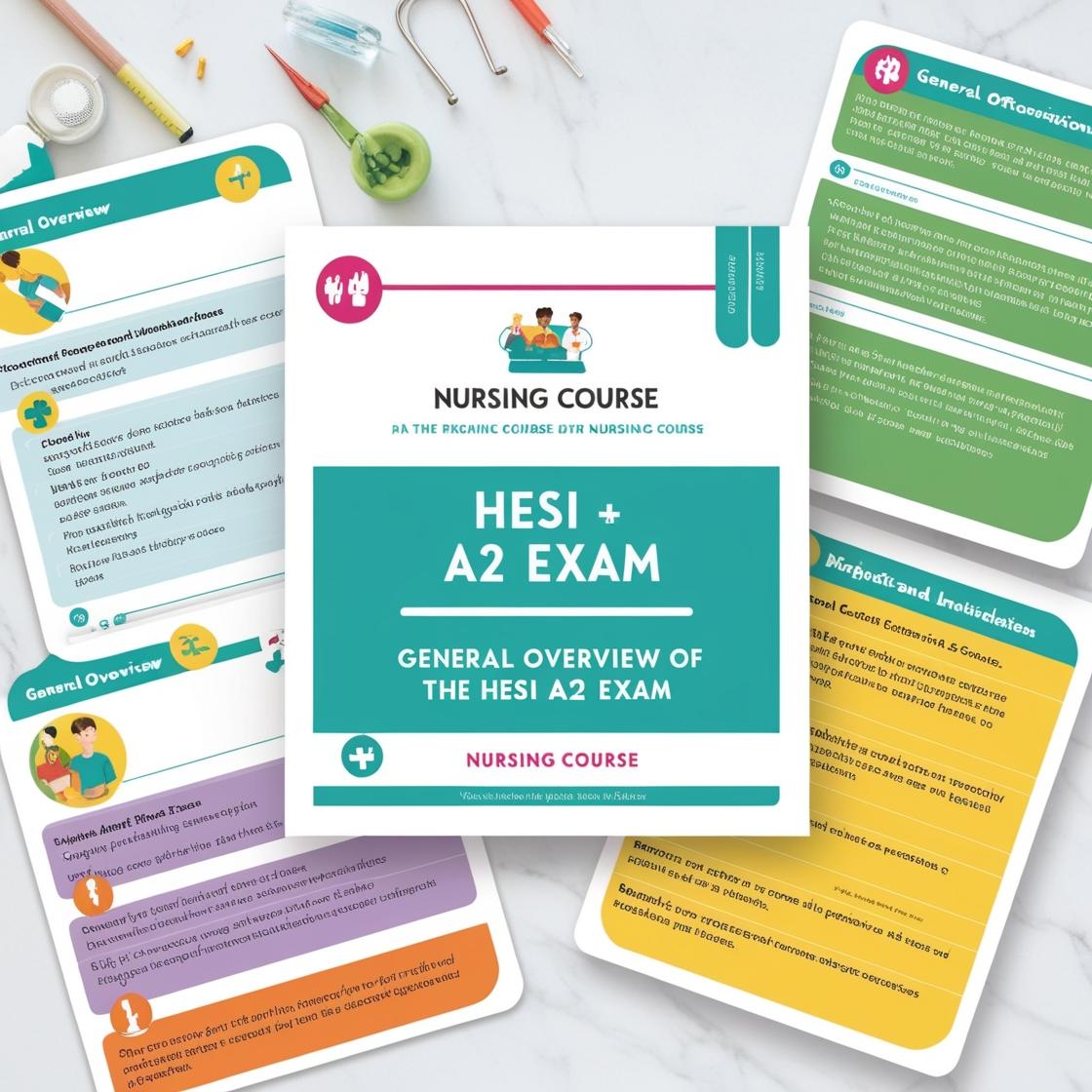HESI A2
Chemistry Hesi A2
1. Aluminum (Al) has 13 protons in its nucleus. What is the number of electrons in an Al3+ ion?
- A. 16
- B. 13
- C. 10
- D. 3
Correct answer: C
Rationale: Aluminum (Al) has an atomic number of 13, which indicates it normally has 13 electrons to balance the 13 protons in its nucleus. When Al forms an Al3+ ion, it loses 3 electrons to achieve a stable electron configuration. Therefore, the Al3+ ion will have 13 - 3 = 10 electrons. Choice A (16) is incorrect as it doesn't take into account the charge of the Al3+ ion. Choice B (13) is incorrect because the Al3+ ion has lost electrons. Choice D (3) is incorrect as it doesn't reflect the total number of electrons lost by the Al atom to form the Al3+ ion.
2. What does a blood sample with a pH of 3 indicate?
- A. It is strongly acidic.
- B. It is strongly basic.
- C. It is weakly acidic.
- D. It is weakly basic.
Correct answer: A
Rationale: A blood pH of 3 is significantly low, indicating a strong acidity level. The normal blood pH range is 7.35 to 7.45; therefore, a pH of 3 is far below the normal range, showing a highly acidic condition in the blood sample. Choice B is incorrect because a pH of 3 is not basic at all. Choice C is incorrect as a pH of 3 is not weakly acidic but strongly acidic. Choice D is wrong as a blood pH of 3 does not indicate a weakly basic condition.
3. A radioactive isotope has a half-life of 20 years. How many grams of a 6-gram sample will remain after 40 years?
- A. 8
- B. 6
- C. 3
- D. 1.5
Correct answer: C
Rationale: The half-life of a radioactive isotope is the time it takes for half of the original sample to decay. After each half-life period, half of the initial sample remains. In this case, after the first 20 years, half of the 6-gram sample (3 grams) will remain. After another 20 years (total of 40 years), half of the remaining 3 grams will remain, which is 1.5 grams. Therefore, 3 grams will be left after 40 years. Choice A is incorrect as it doesn't consider the concept of half-life and incorrectly suggests an increase in the sample. Choice B is incorrect as it assumes no decay over time. Choice D is incorrect as it miscalculates the remaining amount after two half-life periods.
4. Which compound has a nonpolar bond in which the electrons are shared equally?
- A. H₂O
- B. NH₃
- C. Cl₂
- D. CH₄
Correct answer: D
Rationale: The compound CH₄, methane, has a nonpolar bond where carbon and hydrogen share electrons equally. This occurs because carbon and hydrogen have similar electronegativities, meaning they have equal abilities to attract shared electrons. Consequently, a nonpolar covalent bond is formed due to the balanced sharing of electrons between these atoms. Choices A, B, and C do not have nonpolar bonds with electrons shared equally. In H₂O (water), there are polar covalent bonds due to the difference in electronegativity between hydrogen and oxygen. In NH₃ (ammonia), the nitrogen-hydrogen bonds are polar because of the electronegativity difference. In Cl₂ (chlorine gas), the Cl-Cl bond is nonpolar, but the question specifies a compound, not an element, and chlorine does not share its electrons equally with another element in a compound.
5. Identify the type of reaction shown: 8Fe + S → 8FeS
- A. Single displacement
- B. Double displacement
- C. Synthesis
- D. Acid-base
Correct answer: C
Rationale: The reaction shown (8Fe + S → 8FeS) is a synthesis reaction. In a synthesis reaction, two or more substances combine to form a single compound. In this case, iron (Fe) and sulfur (S) combine to form iron sulfide (FeS). The key characteristic of a synthesis reaction is the formation of a single product from multiple reactants, which aligns with the given chemical equation. Choice A, single displacement, involves an element displacing another in a compound, which is not the case here. Choice B, double displacement, involves the exchange of ions between two compounds, which is also not happening in this reaction. Choice D, acid-base, refers to reactions between an acid and a base to form salt and water, which is not the case in the given equation.

Access More Features
HESI A2 Basic
$89/ 30 days
- 3,000 Questions with answers
- 30 days access
HESI A2 Premium
$129.99/ 90 days
- Actual HESI A2 Questions
- 3,000 questions with answers
- 90 days access
